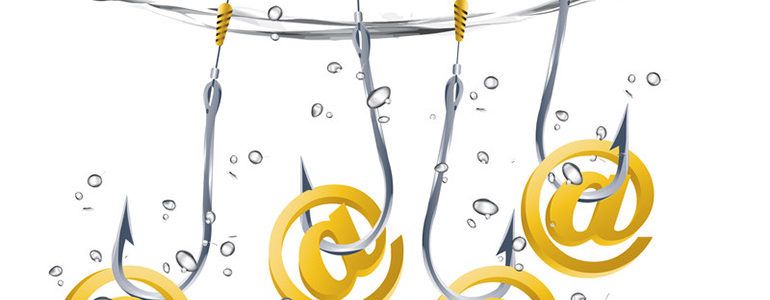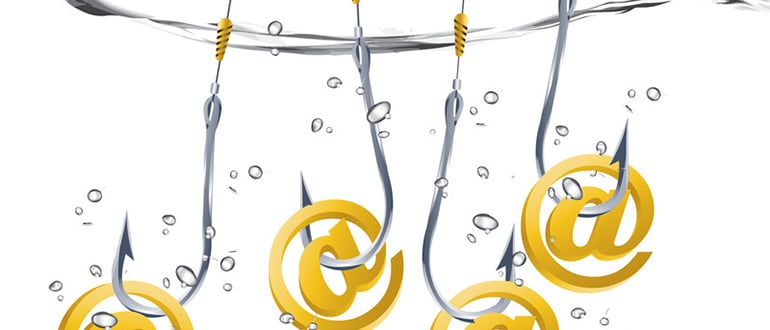Minimizing Credential Theft With MFA
Phishing is a significant business threat and can lead to financial and reputational damages. And minimizing the risk of credential theft through phishing attacks requires a rigorous defense against credential theft

Organizations considering digital transformation must consider cybersecurity best practices, including phishing-resistant MFA features, to reinforce their cybersecurity posture. Phishing is one of the most common cybersecurity threats that cause brands to lose millions of dollars yearly and cause damage to business’ reputations.
Regular cybersecurity awareness training and leveraging multifactor authentication (MFA) mechanisms could mitigate the risks of credential theft, but many organizations still overlook its importance.
Phishing’s Impact on Business
Phishing uses email messages to trick users into revealing personal or confidential information. But a phishing-resistant mechanism, like MFA, mitigates credential theft risks and account takeover risks.
In many cases, employees can be tricked into revealing passwords, installing malware on the company’s network and more. This can result in a lot of damage for companies—especially if their data has been compromised. Every year, businesses lose millions of dollars due to phishing attacks.
The best way to protect yourself from phishing attacks is to ensure your employees know how to identify them.
Phishing attacks are intended to impact an individual or an organization financially or cause reputational damage. Hence, businesses should ensure they have a stringent information security policy and mechanism.
Apart from this, a robust authentication security mechanism like MFA could significantly enhance overall account security.
Why are Organizations at Greater Risk Today?
Technology has evolved by leaps and bounds, and so have cybercrimes. Attackers are constantly finding new ways to sneak into a business’s network to exploit sensitive data.
The problem is that many businesses aren’t aware of the threat they’re facing. In fact, most people don’t realize how easy it is for hackers to gain access to their network—and how much damage they can do once they’re in there.
Attackers use a variety of methods to gain access to your company’s network, including phishing scams. If organizations don’t take steps to protect themselves against these attacks, they risk losing valuable information about customers or employees—or worse: Having their entire business brought down by an attack on their servers.
Most recently, attackers have targeted employees by sending them phishing emails asking them to share sensitive information or click on a malicious link. If you think this can’t happen to your organization, consider this: About half of all attacks originate within an organization’s network.
Employees are often the weakest link in security because they don’t know how to recognize phishing emails and protect against threats like ransomware or spyware.
Not only do these types of threats cost companies money, but can also cost them their customers’ trust.
MFA’s Role in Minimizing Phishing and Account Takeover Risks
In a world where cybercrime is rampant, MFA provides a strong tool to help mitigate phishing and account takeover risks.
MFA confirms a user’s claimed identity by using two or more factors. These factors could include something a user knows (personal information), something a user has (a phone or other device) or something you are (biometrics).
MFA can help reinforce overall authentication security by adding multiple authentication layers. If a single layer of authentication, like user credentials, is compromised, another stringent layer protects an account.
For example, if an attacker steals your password but does not have the second factor for your system—e.g., a smartphone for one-time password (OTP)—they will not be able to access your account.
Hence, by adding another layer of authentication, like a one-time-use code or biometric scan, you can minimize the risk of account takeover and phishing attempts.
Incorporating MFA Into Your Systems
1. Meeting regulatory compliance
There are many benefits of multifactor authentication, but the most crucial is that it helps meet regulatory compliance mandates, which means businesses will be at the least risk of having a data breach.
This is especially important in today’s world, where attackers always look for ways to get into systems and steal information. MFA can give organizations peace of mind that they are meeting regulatory compliance requirements.
Those organizations that aren’t compliant with data and privacy regulations, including the EU’s GDPR and California’s CCPA, could face legal consequences and lose customer trust. In some cases, businesses may face hefty fines for non-compliance in certain countries and regions.
2. Easy-to-install system that secures remote workforce
MFA is an easy-to-install security solution that can secure all an organizations’ workers, including remote workers, against phishing attempts and account takeover attacks.
The sudden rise in account takeover cases amid the COVID-19 pandemic was the biggest concern for most organizations that had newly adopted remote work. While most of them adopted stringent mechanisms to protect themselves and their employees, many were more concerned with keeping their business going and relegated cybersecurity to the bottom of their priority list.
With MFA, you can ensure that your employees are protected while working remotely, no matter what device they use and what network they are connected to.
3. MFA with SSO offers a great user experience
MFA coupled with single sign-on (SSO) helps streamline the user experience, increasing customer trust.
SSO is a feature that allows users to enter their credentials once and then uses them across all applications. This means that if you’re using the same username and password for your interconnected platforms, you don’t have to log in again when you switch from one to the other.
It’s convenient, easy and secure since MFA provides multiple layers of security, and SSO minimizes the hassle of reentering passwords for different interconnected platforms/applications.
Conclusion
Phishing is a significant business threat and can lead to financial and reputational damages. And minimizing the risk of credential theft through phishing attacks requires a rigorous defense against credential theft.
While many different tactics help prevent phishing attacks, one of the most effective is MFA. It can significantly reduce the risk of account takeover and credential theft when implemented correctly.
Originally published at SecurityBoulevard



